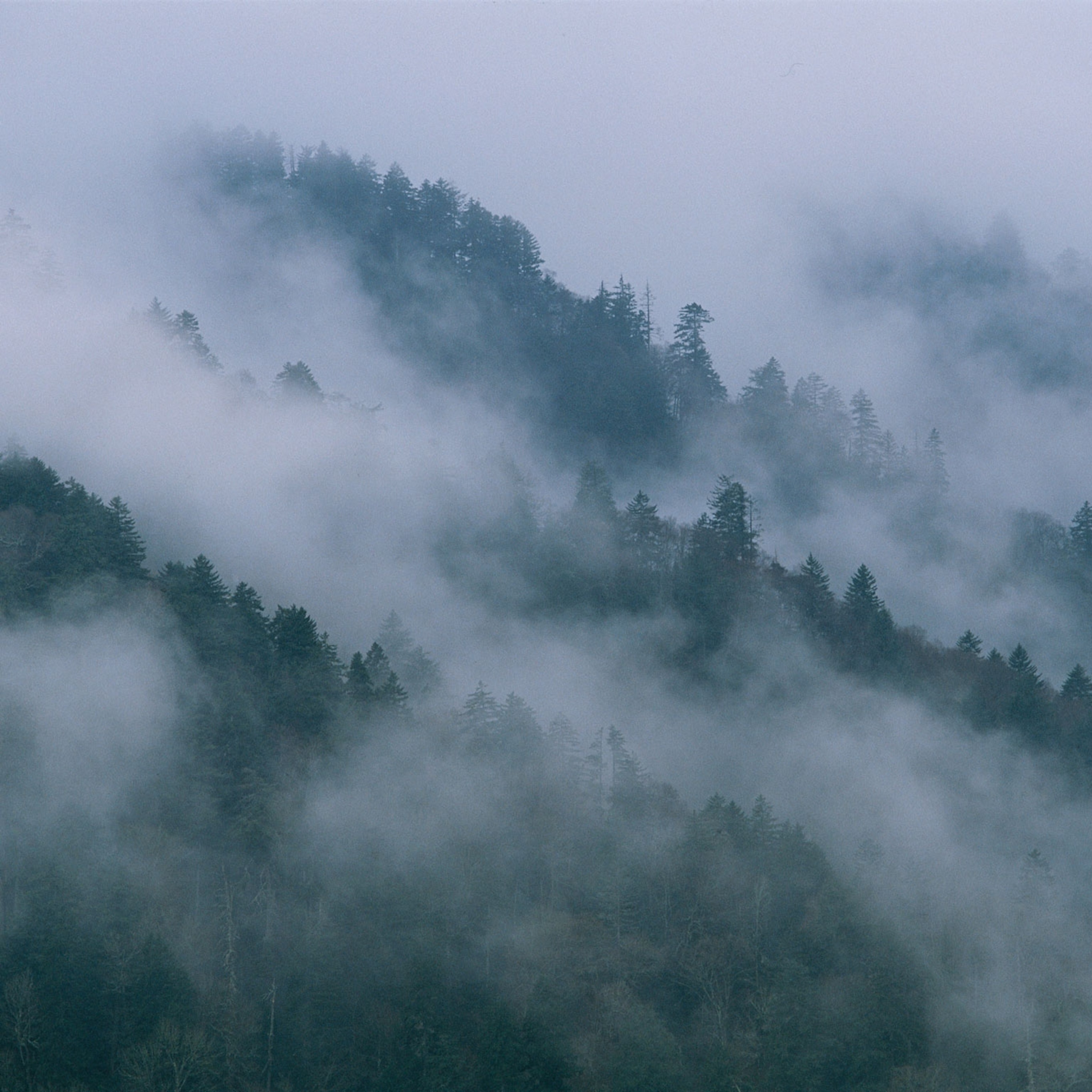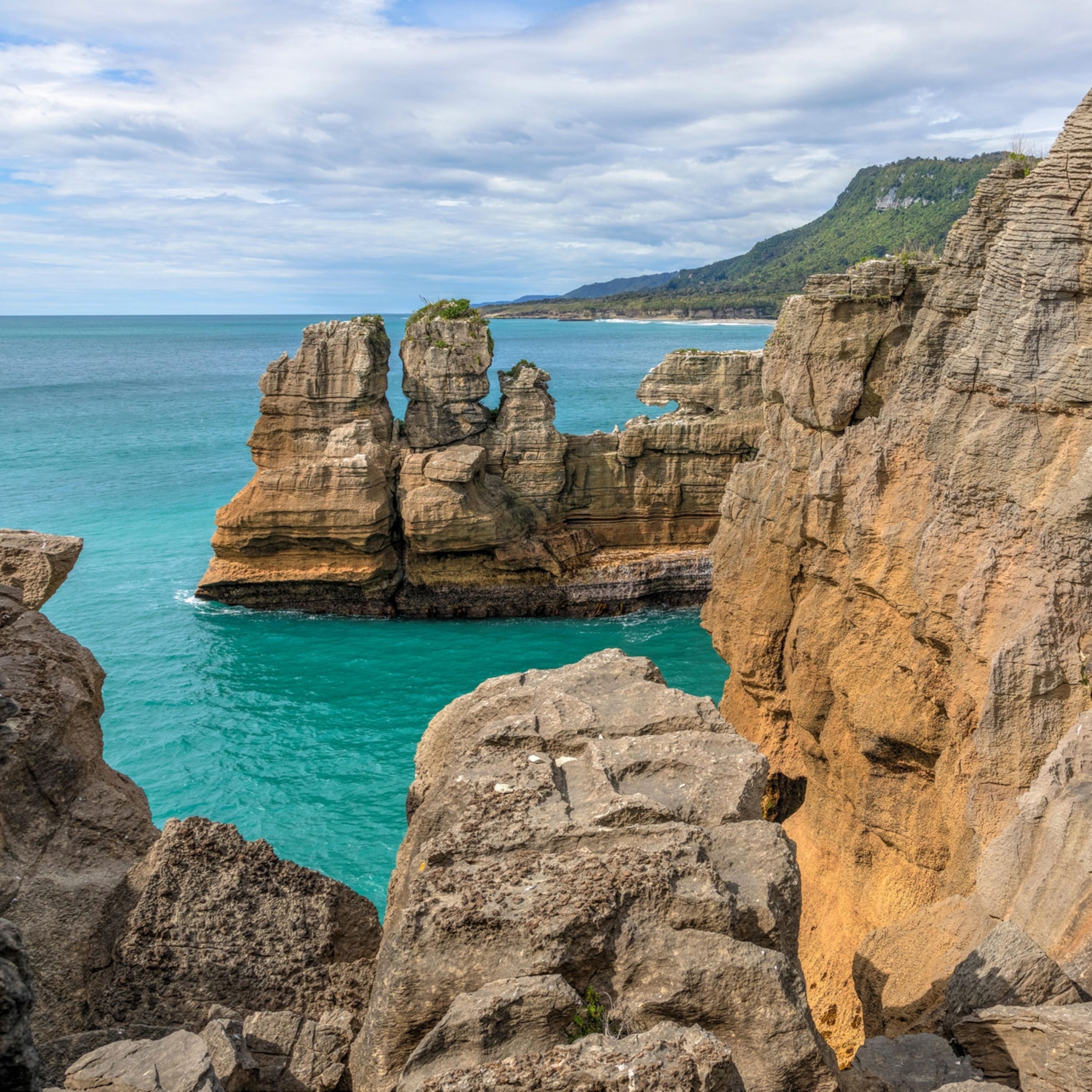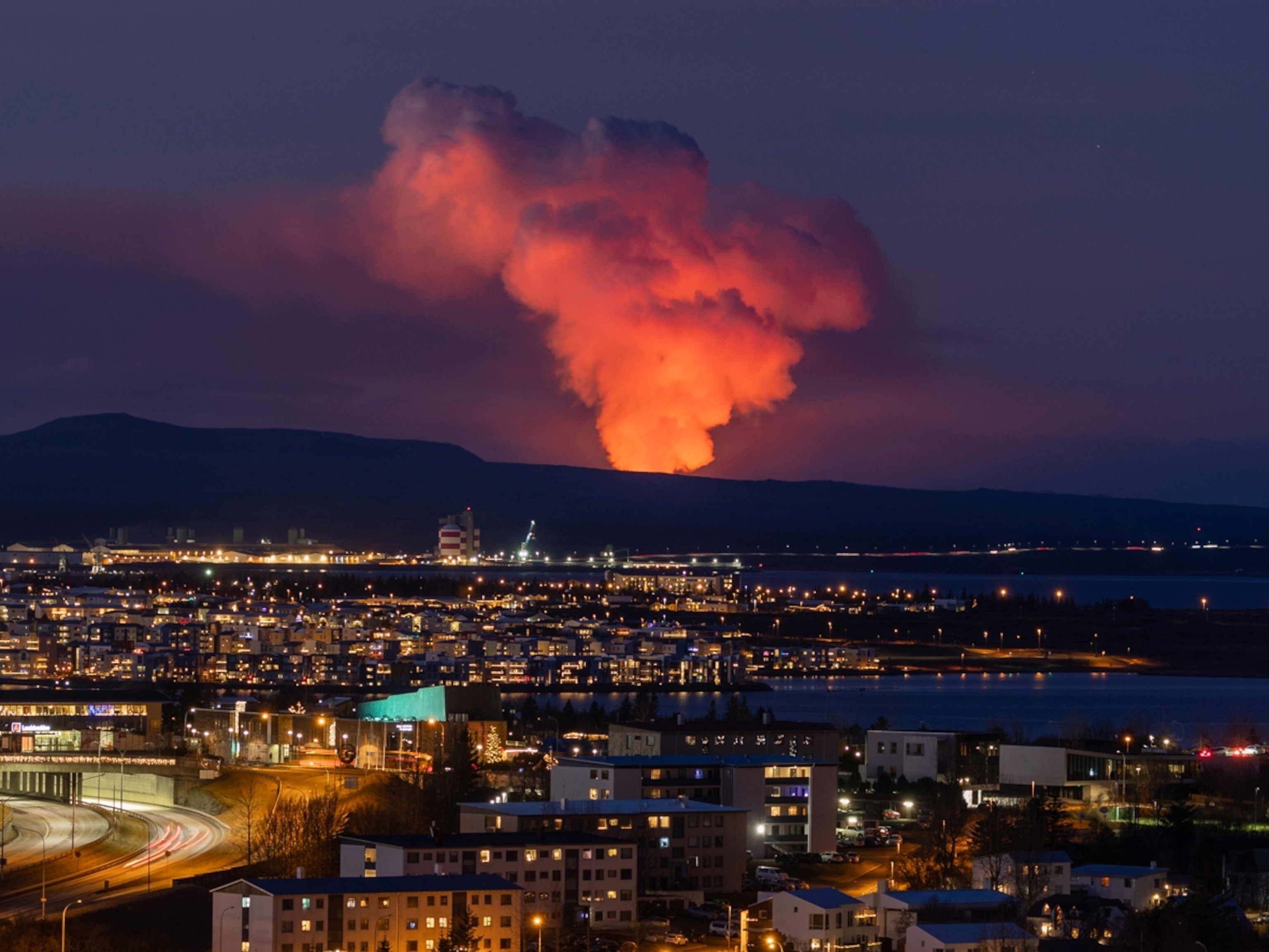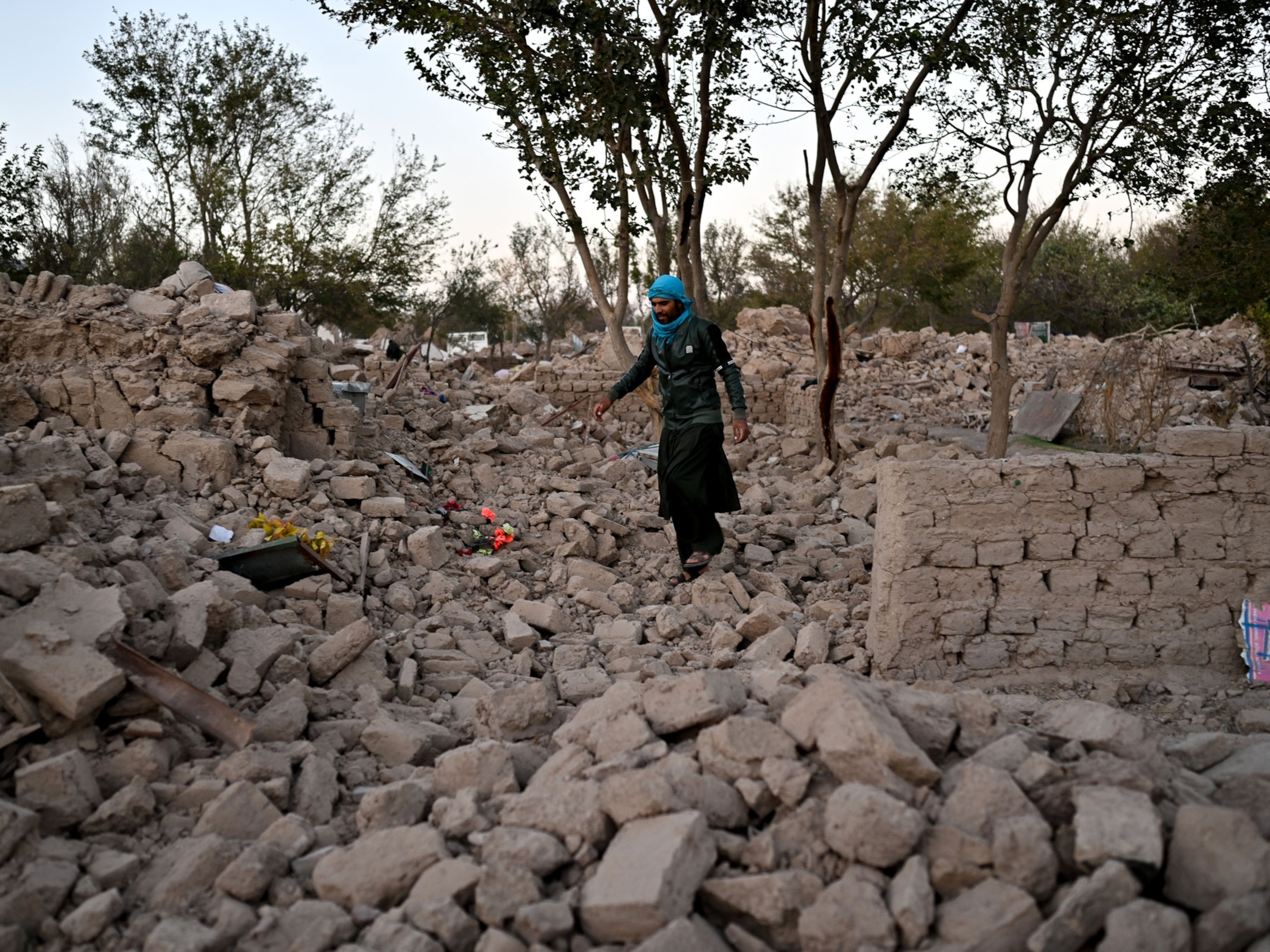
A tectonic plate may have peeled apart—and that could shrink the Atlantic Ocean
Something strange is happening off the coast of Portugal, and scientists have now proposed a groundbreaking explanation.
For years, João Duarte has puzzled over a seemingly boring underwater expanse off the coast of Portugal. In 1969, this site spawned a massive earthquake that rattled the shore and sparked a tsunami. But you would never know why just from looking at the broad, featureless surface of the seabed. Duarte, a marine geologist from the Instituto Dom Luiz at the University of Lisbon, wanted to find out what was going on.
Now, 50 years after the event, he may finally have an answer: The bottom of the tectonic plate off Portugal's coast seems to be peeling away from its top. This action may be providing the necessary spark for one plate to start grinding beneath another in what's known as a subduction zone, according to computer simulations Duarte presented in April at the European Geosciences Union meeting.
If confirmed, the new work would be the first time an oceanic plate has been caught in the act of peeling—and it may mark one of the earliest stages of the Atlantic Ocean shrinking, sending Europe inching toward Canada as predicted by some models of tectonic activity. (Find out what scientists think will happen when Earth's tectonic plates grind to a halt.)
“It’s certainly an interesting story,” says the University of Oslo's Fabio Crameri, who was not part of the research team but who attended the EGU lecture. Duarte presented some strong arguments, he says, but he cautions that the model needs further testing—not an easy feat when your data comes from a natural process that works at the speed at which fingernails grow.
“It’s a big statement,” Duarte says of the conclusions, acknowledging that he and his team still have work to do. “Maybe this is not the solution to all the problems. But I think we have something new here.”
The tectonic parade
Earth's tectonic plates are constantly in a slow-motion march, with some edges pulling apart and others colliding. At least three times in our planet's 4.54-billion-year history, the ever-shifting landmasses glommed into mighty supercontinents, only to eventually reverse course and break apart. Subduction zones are major driving forces behind this tectonic conveyor belt, as they pull oceanic crust and upper mantle down to depth, recycling the rocks and dragging continents around in the process. (Learn more about the possible future supercontinent, Pangaea Proxima.)
So how do subduction zones start? “It’s one of the biggest unsolved problems in plate tectonics,” Duarte says.
One way to locate subduction zones—and perhaps also baby subduction zones—is to follow the earthquakes. Around 90 percent of the world's quakes pop off in the disjointed string of subduction zones that trace the so-called ring of fire, which stretches in an arc around the Pacific Ocean from the southern tip of South America to New Zealand, by way of the Bering Sea. (Read about how the powerful 2017 earthquake in Mexico seems to have snapped a tectonic plate in two.)
But the Iberian Peninsula, which includes Spain and Portugal, is on the other side of the world, touching the Atlantic Ocean. Here, plates instead pull apart down the ocean's middle and form new crust, and the edges of most surrounding landmasses transition from continent to ocean on a single plate.
It's like the plains of Kansas under 4.8 kilometers [three miles] of water.Marc-André Gutscher, University of Brest
Iberia's situation, however, is a little more complex. It's located just north of the boundary between the Eurasian and African plates, which both largely creep eastward. A slight twist in the African plate's movement squishes the Eurasian plate northward, but scientists still would not expect massive temblors to strike just off the coast of Portugal. So over the years, researchers flocked to the region to study the unusual happenings.
“This was mostly the work of connecting the dots,” Duarte says of the latest research.
One of the first dots in question was the unusual location of the 1969 earthquake's epicenter: a featureless expanse known as the Horseshoe abyssal plain. In this region, there are no obvious signs of faults, contorted landscapes, or underwater mountains—all features that would point to some tectonic mischief.
“It's like the plains of Kansas under 4.8 kilometers [three miles] of water,” says geologist Marc-André Gutscher of the University of Brest, who attended the EGU lecture and has conducted extensive research in the region.
In 2012, a team of researchers decided to dig even deeper using seismic waves. The method is somewhat similar to an ultrasound, since the waves of an earthquake scatter and change speed when they strike Earth's internal structures that are different in temperature and composition. That work identified a curious dense mass lingering directly under the place where the 1969 earthquake struck. Further analysis hinted that this might be the start of a subduction zone.
But no traces of such a zone lingered at the surface, so Duarte initially presumed the strange body was a false reading. That changed in 2018, when Chiara Civiero, a postdoctoral researcher at University of Lisbon's Instituto Dom Luiz, and her colleagues published a high-resolution peek into Earth in this region, and the unusual blob persisted.
“Now we are 100-percent sure it's there,” Duarte says. Other researchers found that above this deep body, which stretches 155 miles below the surface, tiny quakes seemed to tremble.
The key, he says, likely lies in an seemingly innocuous layer in the middle of the tectonic plate. Past work suggested that water percolating through the ocean plate's web of fractures had reacted with the rocks below the surface, transforming them into soft green minerals in a process known as serpentinization. Perhaps this layer provided just enough weakness to allow the denser bottom of the plate to peel away. Scientists believe tectonic peeling may be common under thick continental plates through a slightly different mechanism, and possibly even in old subduction zones, but it has never been documented before in pristine oceanic plates.
Duarte teamed up with geologist Nicolas Riel, of Johannes Gutenberg University Mainz in Germany, to craft a numerical model that included both the serpentinized layer and fracture zones nearby. The result revealed a drip-like shape that formed beneath the ocean plate as its bottom layers began peeling away, which sparked deep fractures that seemed to be a baby subduction zone.
“It was amazing,” Duarte says.
In a blink of geologic time
Duarte is not the first to propose these curious happenings off Portugal's coast, but it's the first time there are data to back it up. More than four decades ago, Yoshio Fukao, who is currently at the Japan Agency for Marine-Earth Science and Technology, began zeroing in on the deep faults behind the 1969 quake. Then in 1975, Michael Purdy, who is now executive vice president of research at Columbia University, sketched out an image of what he thought happened underground—and it looks strikingly similar to the results of the new model.










“It sounds wild, it sounds crazy, but it was not my idea,” Duarte quips. “He drew in 1975 the result I have in my numerical model—it’s mind-blowing.”
The work has yet to appear in a peer-reviewed journal, and for now, other geologists are approaching the results with a mix of cautious excitement and healthy skepticism.
“Most of what we know so far is that new subduction tends to stay in the places where we already have ongoing subduction,” Crameri says. “But that doesn’t mean it won’t happen.”
Importantly, the model does seem to explain the unusual featureless expanse that lies above the earthquake's point of origin, Gutscher notes. The thorough work also includes many of the forces that would be at play due to the spidery fractures that surround the area of interest, adds Valentina Magni of the University of Oslo, who was an organizer of the EGU session. But she remains dubious that the model actually matches reality.
“I think it’s very hard to start subduction just like that where nothing around is happening,” she says.
Duarte and his coauthors are currently working on writing up their research to submit for publication, so their data can be more widely reviewed and debated. If accepted, he says, he's sending the first copy to Purdy.
Related Topics
You May Also Like
Go Further
Animals
- Octopuses have a lot of secrets. Can you guess 8 of them?
- Animals
- Feature
Octopuses have a lot of secrets. Can you guess 8 of them? - This biologist and her rescue dog help protect bears in the AndesThis biologist and her rescue dog help protect bears in the Andes
- An octopus invited this writer into her tank—and her secret worldAn octopus invited this writer into her tank—and her secret world
- Peace-loving bonobos are more aggressive than we thoughtPeace-loving bonobos are more aggressive than we thought
Environment
- This ancient society tried to stop El Niño—with child sacrificeThis ancient society tried to stop El Niño—with child sacrifice
- U.S. plans to clean its drinking water. What does that mean?U.S. plans to clean its drinking water. What does that mean?
- Food systems: supporting the triangle of food security, Video Story
- Paid Content
Food systems: supporting the triangle of food security - Will we ever solve the mystery of the Mima mounds?Will we ever solve the mystery of the Mima mounds?
- Are synthetic diamonds really better for the planet?Are synthetic diamonds really better for the planet?
- This year's cherry blossom peak bloom was a warning signThis year's cherry blossom peak bloom was a warning sign
History & Culture
- Strange clues in a Maya temple reveal a fiery political dramaStrange clues in a Maya temple reveal a fiery political drama
- How technology is revealing secrets in these ancient scrollsHow technology is revealing secrets in these ancient scrolls
- Pilgrimages aren’t just spiritual anymore. They’re a workout.Pilgrimages aren’t just spiritual anymore. They’re a workout.
- This ancient society tried to stop El Niño—with child sacrificeThis ancient society tried to stop El Niño—with child sacrifice
- This ancient cure was just revived in a lab. Does it work?This ancient cure was just revived in a lab. Does it work?
- See how ancient Indigenous artists left their markSee how ancient Indigenous artists left their mark
Science
- Jupiter’s volcanic moon Io has been erupting for billions of yearsJupiter’s volcanic moon Io has been erupting for billions of years
- This 80-foot-long sea monster was the killer whale of its timeThis 80-foot-long sea monster was the killer whale of its time
- Every 80 years, this star appears in the sky—and it’s almost timeEvery 80 years, this star appears in the sky—and it’s almost time
- How do you create your own ‘Blue Zone’? Here are 6 tipsHow do you create your own ‘Blue Zone’? Here are 6 tips
- Why outdoor adventure is important for women as they ageWhy outdoor adventure is important for women as they age
Travel
- This royal city lies in the shadow of Kuala LumpurThis royal city lies in the shadow of Kuala Lumpur
- This author tells the story of crypto-trading Mongolian nomadsThis author tells the story of crypto-trading Mongolian nomads
- Slow-roasted meats and fluffy dumplings in the Czech capitalSlow-roasted meats and fluffy dumplings in the Czech capital







